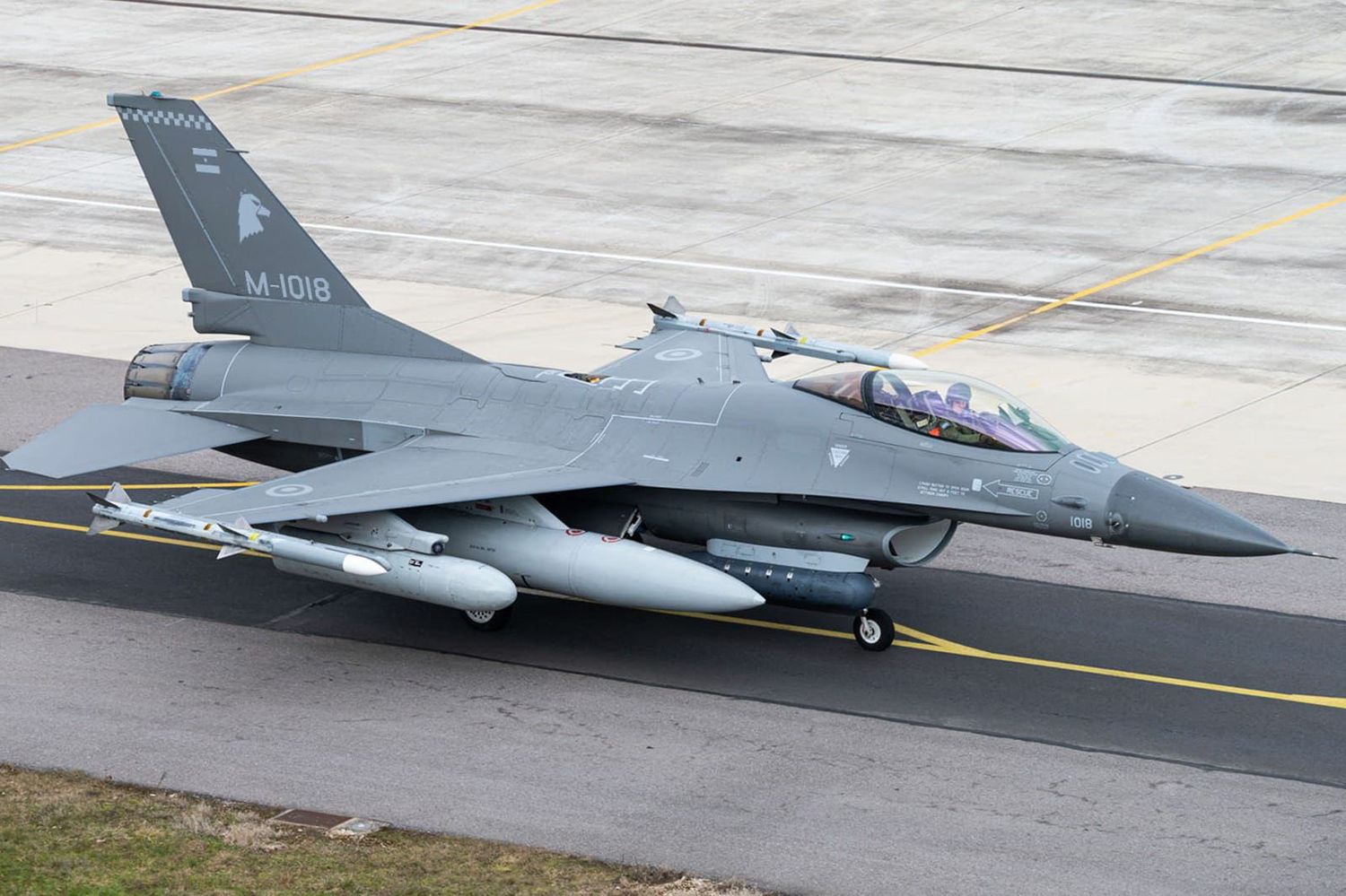The Argentine government signed this Tuesday with Denmark a historic agreement for the purchase of 24 F-16 fighters that will equip the Argentine Air Force and give it the biggest technological leap in decades.
But, what is the purpose of having supersonic combat aviation?
Primarily, to exercise airspace police power, to intercept any aircraft that enters our sovereign space without a defined flight plan and without identification.
This covers all types of aircraft, whether those having some problem with their radio systems, drug flights, enemy aviation, anticipating any neighboring country coming to test our response capabilities, in short, having combat aviation is the «fence and lock» one puts on their home’s door, it is the safeguard of the airspace, of the national sovereignty.
This also recovers the supersonic capability, which is fundamental for interception, to be quick at a necessary point, to gain altitude quickly (in this sense, the F-16 is an aircraft that has an excellent weight-to-power ratio, giving it great acceleration and climbing capability). Indeed, the F-16 will be the most agile combat aircraft the Argentine Air Force has had, at least since the supersonic era.
The F-16s will also allow obtaining beyond visual range (BVR) combat capability thanks to its modernized APG-66 radar and the incorporation of a medium-range air-to-air missile AIM-120 AMRAAM with 120 km range, as reported by sources close to Aviacionline.
BVR capability is crucial for modern air combat. Lacking this capability made Argentine combat aircraft an easy target, as it was nearly impossible to engage in close combat without being shot down.
The Argentine Air Force will also acquire with the F-16s precision strike capability, being one of the few in the region that did not have it (as is the case with the air forces of Brazil, Colombia, Chile, and Venezuela). The acquired F-16s incorporate modern target designation systems, a capability not available today, which are pods located underneath the aircraft’s fuselage allowing to detect, identify and illuminate ground targets with a laser, as well as visually identify air targets.
These pods come accompanied by «smart» air-to-surface weaponry, being the first time the Argentine Air Force will have guided air-to-surface bombs and missiles (beyond some national design prototypes, which were never mass-produced), because the A-4ARs, although theoretically capable, were never equipped with intelligent weaponry, hence restricted to operating what is called «dumb bombs», leaving the country 40 years behind.
In summary, with the F-16s, the Argentine Air Force reincorporates supersonic interception capability, acquires beyond visual range combat capability, and significantly increases its combat capability, being a fully multirole aircraft capable of performing air-to-air, air-to-surface, reconnaissance, and anti-radar missions.
On this last point, the aircraft will come equipped with anti-radar missiles AGM-88 HARM, a very important capability to suppress enemy air defenses and create safe approach corridors for attack packages.
Having a defense capability reasonably in line with the region (although it could be argued that Argentina would need at least 72 modern combat aircraft, but it’s something), stabilizes it, being on par with our neighbors.
The F-16s will also represent for the Argentine Air Force the capability to participate in international exercises, such as Salitre or Red Flag, which allows creating bonds, sharing experiences, learning, and forging camaraderie and mutual understanding, all of which is very important in the military world as well as international politics.
These are the aircraft Ukraine is requesting (and will receive) to rebuild its air force to Western and NATO standards. Obviously, they are not capable of turning the war around by themselves, but it is understood that they have the capacity to inflict much more damage, make things more difficult for Russia, not leaving the Ukrainian airspace so unguarded.

Yes, the F-16s are aged, not the latest «fashion scream» in aerospace technology. The most advanced aircraft in South America are the Brazilian F-39 Gripens of Swedish origin, but they are technology that, when properly used, remains useful, relevant, and dangerous, with damage capability.
Thus, Argentina goes from being almost entirely unarmed to having at least a shield, something that protects and guards its borders.
Then it will be time to move forward in incorporating a greater number of more modern aircraft, because the F-16s are fourth generation, when many countries are already incorporating fifth-generation aircraft and others are already working on the sixth.
Yes, we remain behind in relation to our neighbors, our greatest hypothesis of conflict, and in terms of the needs for protecting our vast borders and resources, but we were so poor in «modern» defensive capabilities that it cannot be denied that the incorporation of the F-16s for the Argentine Air Force represents a very important qualitative leap.



Comentarios
Para comentar, debés estar registrado
Por favor, iniciá sesión